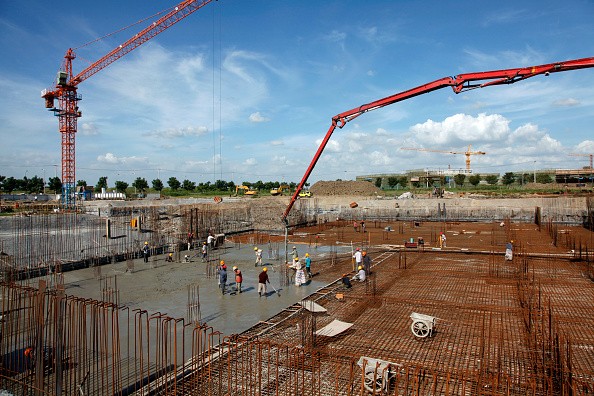China's economy received the needed thrust to head into a challenging year, as it reported a steady 6.7 percent GDP growth in the fourth quarter last year.
Although China met its official growth target, driven by high government spending and record bank lending, the government will have to face the tough task of resolving the financial risks created by ballooning debt this year.
Reuters said that government efforts on structural reforms may help deal with the rising debt and housing bubble but its short-term growth may suffer.
In addition to this, the country's exports may also be affected if President-elect Donald Trump pushes through with his threat to impose high tariffs on Chinese goods.
"While Chinese growth looks stable into early 2017, a more marked slowdown by the second quarter appears inevitable," Gene Frieda, global emerging markets strategist at asset management giant PIMCO, said in a note this week.
"Growth has been stabilized only after massive fiscal and credit stimulus. China's total government and private sector debt will likely surpass 285 percent of GDP this year, a 90 percent increase since 2008," the analyst added.
Although this year's outlook on China's economy appears better, its reported fourth-quarter growth rate is still considered to be close to the weakest since the global economic crisis.
Based on estimates made by economists, China's GDP rose 1.7 percent in October to December from the previous quarter, against the 1.8 percent growth in July-Oct.
The country's GDP growth rate will also likely boost the global financial markets, especially commodities, which already have been sustained by China's huge imports of iron ore, crude oil, copper and soybeans.
The risk of more capital outflows may result if the outcome is weak, which would further affect the yuan currency, which is on its eight-year low.
The country's foreign exchange reserves also plunged to its six-year low, driving the government to tighten measures on the movement of money out of the country.
Last week, the head of China's economic planning said that the economic conditions appear to be stable at the start of 2017, which is likely to give a "steady and good" momentum, from the second half of 2016.
The report said that some of the signs of stabilization were shown by Chinese leaders' pledge to lower their growth target to around 6.5 percent this year, to give way to reforms to address the debt crisis.
Economists also said that China's central bank may impose slightly stricter credit conditions to enable companies with heavy credit to sell assets to reduce their debts, although it is not expected to raise interest rate, amid a looming inflation.
According to analysts, the other major risks for China this year, include the cooling of property market, as local governments tightened limits on home purchases, which some believed have caused the property bubble.
Last year, international financial institutions have called on China to resolve its problems to avoid a financial crisis as the country's corporate debt rose to 169perent of its GDP.



























